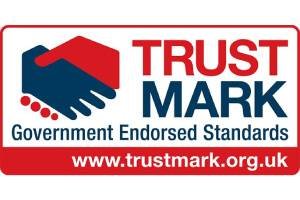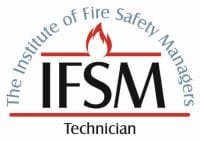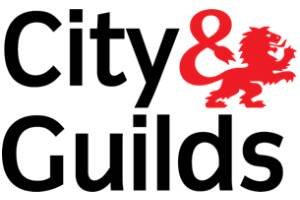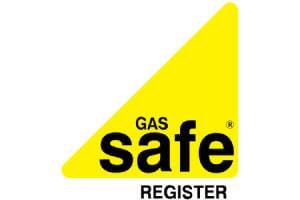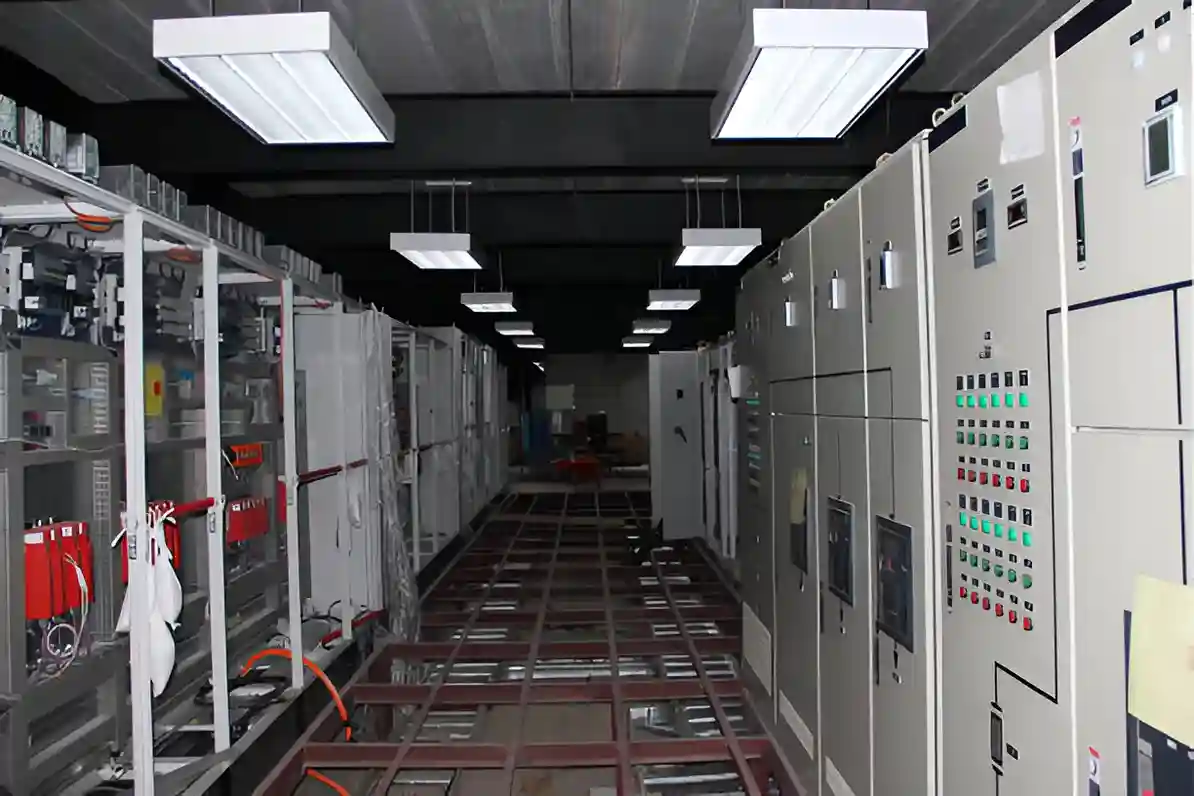
Guide to EICR Certificates offers a thorough overview of safety for your property. It explains why obtaining an EICR is essential and details the legal obligations involved. Focusing on the assessment process and its consequences, this resource tackles common questions and misconceptions. Grasping these details is necessary. The guide offers essential insights for property owners facing electrical safety challenges, potentially impacting their responsibilities.
Main Points
- EICR certificates evaluate the safety and state of electrical systems, detecting possible threats to avoid accidents.
- Mandatory for landlords by 2025, EICRs ensure tenant safety and compliance with legal obligations in rental properties.
- The assessment process includes visual inspections and tests, resulting in a detailed report with codes indicating safety levels.
- Regular EICR assessments enhance property value, simplify insurance processes, and demonstrate commitment to responsible property management.
- Trustworthy EICR providers have a proven track record, use qualified electricians, and offer transparent pricing and comprehensive inspections.
Understanding what an EICR certificate is and why it is increasingly important today.
An EICR Certificate is an integral document that assesses the safety of electrical systems in both residential and commercial properties. Conducted by qualified electricians, it involves inspecting the wiring and related equipment to ensure they meet safety standards.
The EICR detects electrical risks like exposed wires or overloaded circuits that could lead to electrical shocks or fires.
The significance of EICR Certificates has increased lately because of stricter regulations and heightened awareness of electrical safety. As more individuals depend on electricity for daily activities, ensuring that electrical installations are safe and meet standards has become essential.
Regular evaluations can prevent accidents, lower insurance claims, and improve safety overall. Therefore, acquiring an EICR Certificate is more than just a formal requirement; it is an essential measure to protect both lives and property.
Who Needs an EICR Certificate?
Identifying who genuinely needs an EICR Certificates is essential for different property owners. Generally, the following groups usually require an EICR certificate:
- Landlords: It is Necessary to ensure tenant safety and meet legal obligations.
- Homeowners, especially those with older properties, should identify potential electrical risks.
- Commercial Property Owners: Fundamental for business premises to protect employees and customers.
- Tenants in Shared Accommodation: Need assurance that the electrical installations are safe and functioning correctly.
Whether to comply with regulations or to gain peace of mind, knowing who requires an EICR certificate is key to maintaining a safe home or workplace.
UK EICR Regulations: Legal Requirements in 2025
As electrical safety standards continue to develop, UK EICR regulations are expected to change substantially by 2025. The government plans to improve tenant safety through the requirement of mandatory Electrical Installation Condition Reports (EICRs) for all rental properties, covering both residential and commercial units.
This change aims to ensure properties meet strict safety standards, requiring inspections every five years or when tenants change. Landlords should promptly resolve any problems to ensure the electrical systems remain in proper condition. Non-compliance could result in heavy penalties, highlighting the need to follow these rules.
Additionally, the new regulations will improve transparency by mandating landlords to provide tenants with a copy of the EICR.
This advanced measure seeks to minimise electrical threats and ensure a safer living and working environment for everyone in the UK.
Behind the Inspection: What Happens During an EICR Assessment?
During an EICR assessment, an electrician thoroughly evaluates a property’s electrical system to confirm it complies with safety standards. This structured process includes several essential steps aimed at verifying the safety and dependability of the electrical systems.
- Visual Inspection: The electrician inspects visible wiring, outlets, and switchgear to identify any apparent defects.
- Testing: Various tests are conducted, including continuity tests, insulation resistance tests, and polarity checks to assess the condition of circuits.
- Documentation Review: Existing electrical documentation and previous inspection reports are reviewed to verify consistency and identify any prior issues.
- Risk Assessment: The electrician evaluates risks and recommends necessary upgrades or repairs to enhance safety.
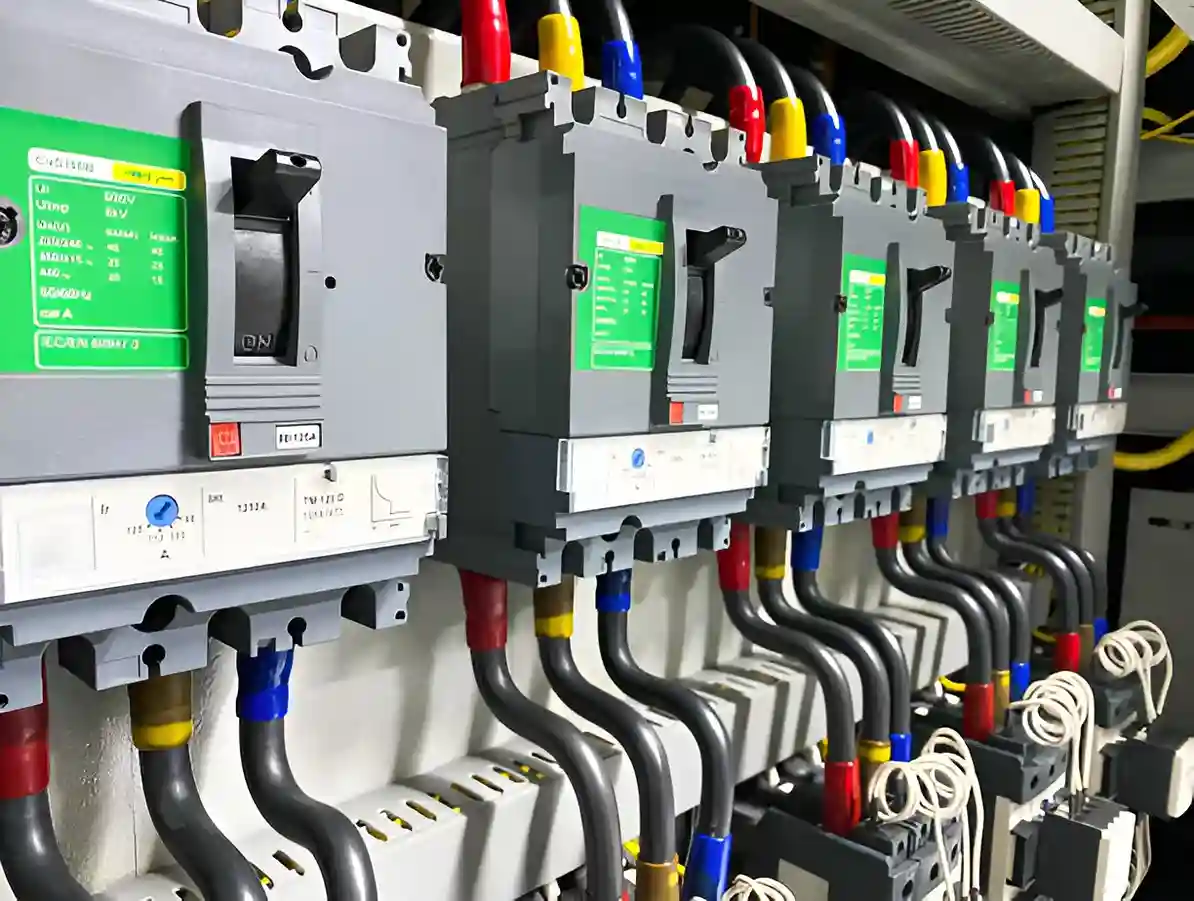
Decoding EICR Report Codes: An Explanation of C1, C2, C3, and FI
Understanding the various codes in an EICR report is essential for property owners and tenants alike, as these codes indicate the condition of electrical installations. The codes C1, C2, C3, and FI provide a clear framework for evaluating electrical safety.
| Code | Description | Action Required |
|---|---|---|
| C1 | Danger present | Immediate remedial action is required |
| C2 | Potentially dangerous | Urgent action is needed to reduce the danger |
| C3 | Improvement recommended | No immediate action, but improvements suggested |
| FI | Further investigation required | Additional assessment needed |
Each code acts as a guideline for essential actions, ensuring properties stay safe and compliant. Understanding these codes helps prioritise repairs and uphold electrical safety standards, thereby safeguarding residents and their properties.
How Often Should You Renew Your EICR Certificates?
How often should property owners renew their EICR certificates? Keeping an up-to-date Electrical Installation Condition Report (EICR) is essential for ensuring safety in properties. The widely recommended schedules are as follows:
- Domestic Properties: Every 10 years or upon change of occupancy.
- Commercial Properties: Every 5 years, or more frequently depending on usage.
- Rented Properties: Every 5 years or when each tenancy ends.
- High-Risk Environments: Annually, especially in locations with heavy electrical usage or increased risk factors.
Following these guidelines ensures regulations are met and improves safety for tenants and occupants. Routine assessments detect issues that could cause electrical risks, offering reassurance to property owners and users.
Cost of EICR Certificates in 2025: What to Expect and What’s Worth Paying For
As 2025 approaches, property owners are keenly aware of the financial implications associated with obtaining an Electrical Installation Condition Report (EICR) certificate. The cost of EICR certificates is expected to vary based on property type, location, and the complexity of the electrical systems involved. Understanding these costs will help property owners budget effectively.
| Property Type | Estimated Cost (£) | Factors Influencing Cost |
|---|---|---|
| Residential | 150 – 300 | Size, age, and condition |
| Commercial | 300 – 600 | Complexity and compliance needs |
| Industrial | 600 – 1,200 | Equipment and risk assessments |
| Portfolio (Multiple Properties) | 100 – 250 per property | Bulk discounts available |
Carrying out a comprehensive EICR inspection is essential for safety and compliance, which can help property owners avoid expensive repairs or legal problems later on.
What Happens If You Fail an EICR Inspection? (And How to Fix It Fast)
Failing an EICR inspection can create serious challenges for property owners, risking safety and possibly resulting in legal consequences. When a property does not pass this essential assessment, it’s vital to act quickly. Here are the necessary steps to follow:
- Review the Report: Understand the specific reasons for the failure, as detailed in the EICR report.
- Engage a Qualified Electrician: Seek a professional electrician to assess the issues and recommend necessary repairs or upgrades.
- Implement Repairs: Complete the required work to rectify the identified risks, ensuring compliance with safety standards.
- Schedule a Re-inspection: Once repairs are made, arrange for a follow-up inspection to obtain a valid EICR certificate.
Benefits of Having a Valid EICR Certificate in Your Back Pocket
Having valid EICR certificates gives property owners peace of mind by confirming that their electrical systems are safe and meet current regulations. It acts as a safeguard against unsafe conditions, significantly reducing the chances of electrical fires or failures.
Moreover, having a current EICR certificate boosts property value, appealing to buyers or tenants who focus on safety and adherence to regulations.
Moreover, possessing a valid certificate can make securing insurance easier, since many insurers need proof of electrical safety before issuing policies. It also shows a commitment to responsible property management, helping to build trust with tenants or buyers.
Regular EICR assessments help spot problems early, enabling prompt repairs and avoiding expensive emergencies. Ultimately, keeping up-to-date EICR certificates is more than just a regulatory requirement; it is a systematic measure to ensure long-term safety and dependability of any property.
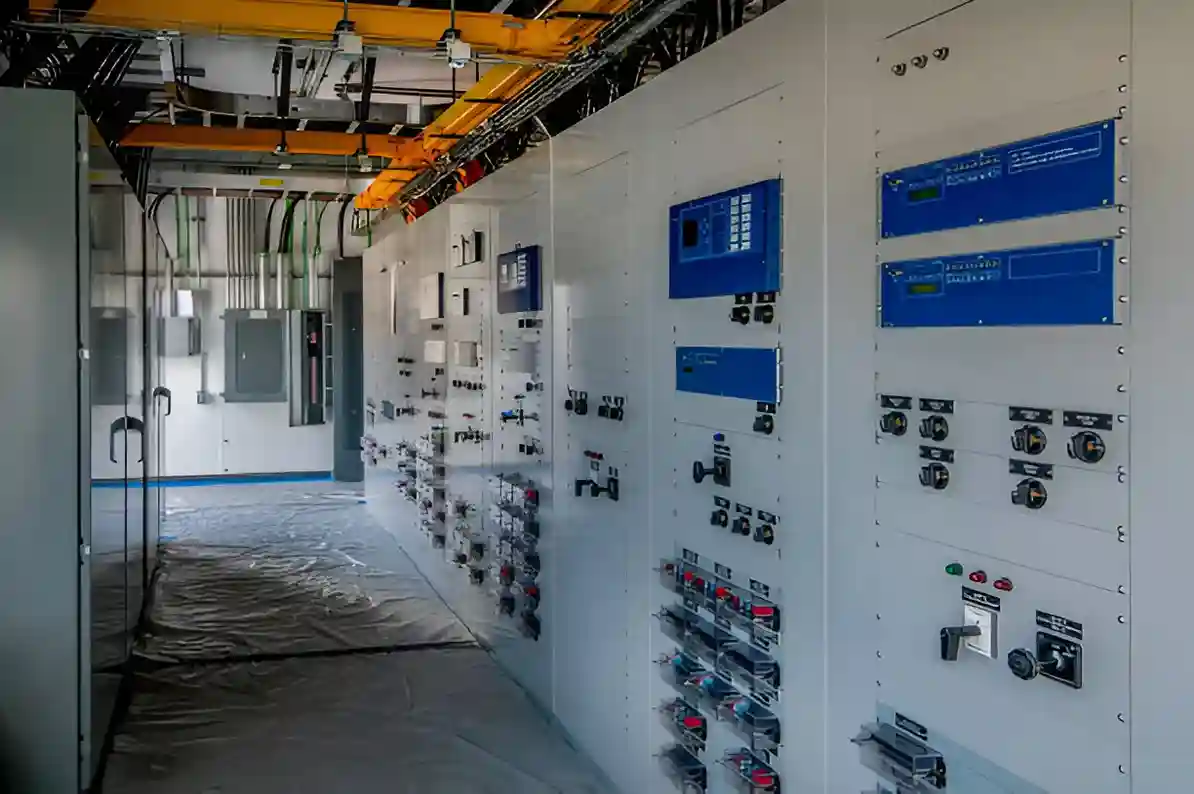
Commercial vs Residential EICRs: What’s the real difference
Understanding the differences between commercial and residential EICRs is essential for property owners and managers. Although both reports aim to ensure electrical safety, they serve different settings and adhere to distinct regulations. Here are four main differences:
- Regulatory Standards: Commercial EICRs are subject to stricter regulations, often aligned with the Health and Safety at Work Act, while residential EICRs adhere to the Wiring Regulations (BS 7671).
- Frequency of Testing: Commercial properties typically require more frequent inspections, often every 1-5 years, depending on usage, whereas residential properties usually follow a 5-year cycle.
- Complexity of Systems: Commercial electrical systems are generally more complex, featuring advanced technology and higher loads than residential setups.
- Occupancy: Commercial EICRs must account for a diverse range of occupancy types and dangers, unlike residential properties, which are primarily focused on family safety.
Why Landlords, Letting Agents & Business Owners Trust Us for EICR Certificates
Property owners, such as landlords, letting agents, and business managers, understand the fundamental role of dependable EICR certificates for safety and compliance. Their trust in a service provider depends on multiple factors, and these stakeholders typically select companies known for their consistent quality and honesty.
These organisations provide comprehensive inspections, detailed reports, and a dedication to maintaining electrical safety standards. Clients value quick, professional service that reduces disruption while ensuring compliance.
Transparent pricing and open communication build trust by helping property owners comprehend the scope of work and costs involved. Additionally, employing qualified electricians with relevant experience assures the accuracy and dependability of the EICR certificates issued. By focusing on safety and adherence to regulations, these companies assist landlords, letting agents, and business owners in safeguarding their investments and ensuring the safety of tenants and staff.
Frequently asked questions.
Conclusion
In conclusion, the Ultimate Guide to EICR Certificates serves as an essential resource for property owners, emphasising the significance of electrical safety and adhering to regulations. By understanding the EICR process- covering inspection standards and the implications of a failed assessment- owners can take precise steps to ensure their electrical systems are safe. Regular EICR inspections help safeguard tenants and occupants while also increasing property value and providing peace of mind for landlords, letting agents, and business owners.




